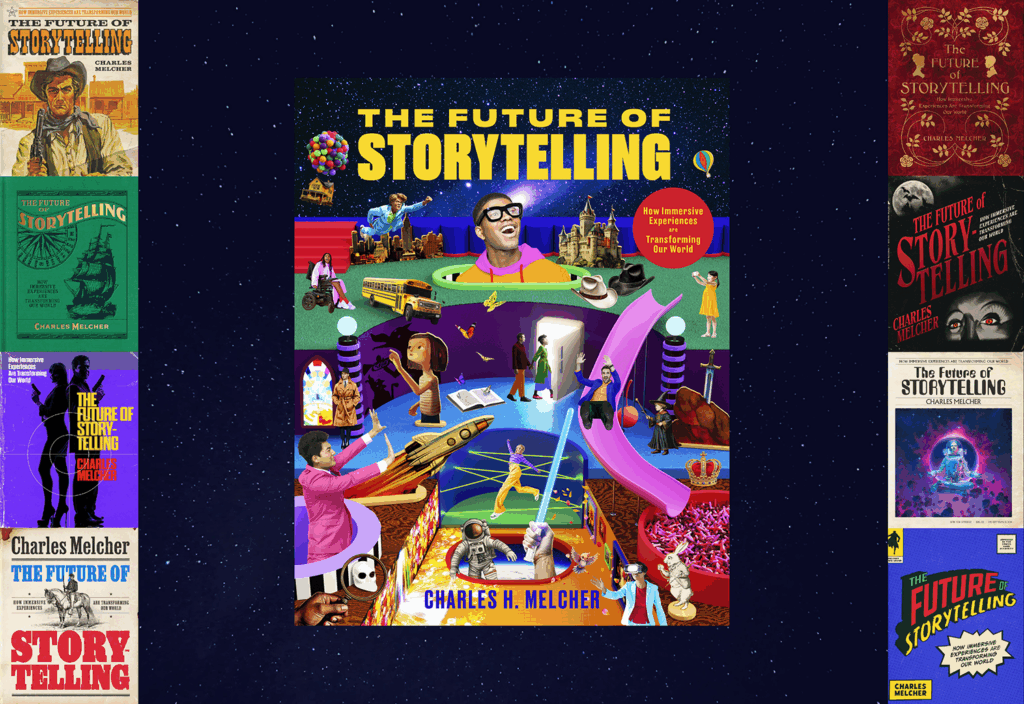Is mobile and online shopping starting to edge out brick-and-mortar retailers? Not so fast. While some media headlines suggest retail is heading in that direction, it’s crucial to remember that nine out of 10 shoppers still visit physical stores. In fact, the savviest retailers don’t consider these digital domains a threat to their in-store operations—they use them to their advantage.
 Virtual dressing rooms, location-based push notifications, geo-fencing, interactive displays, mobile apps and more are all redefining the way shoppers interact in stores today. Retailers have more tools than ever to reinvent the shopping experience, but many question where they should place their investments for the best return.
Virtual dressing rooms, location-based push notifications, geo-fencing, interactive displays, mobile apps and more are all redefining the way shoppers interact in stores today. Retailers have more tools than ever to reinvent the shopping experience, but many question where they should place their investments for the best return.
So how can brands successfully use the latest digital marketing tools to further enhance their brick-and-mortar experience? Here’s a look at three tactics to help retailers meet consumers in these micro-moments and drive more sales straight to the store’s front door.
1. Be Where Your Shoppers Are Shoppers are looking for convenience. How can they find what they want, when they want it, and how can you get it to them? One piece of advice for retailers is to be frictionless. Your customers are digital, and they expect their online and in-store experiences to be seamless.
Take fashion brand Express. It created a multidimensional promotion that would put the consumer in control. Users could choose to shop online or via their smartphone, then they were given the ability to redeem a coupon by texting to their phone or printing a paper copy for in-store redemption. Allowing the shopper to determine which shopping experience they preferred, and by removing all friction between channels, boosted Express’ sales by 167%.
Neiman Marcus is another example of a brand that’s integrating its mobile presence and in-store experience in order to enhance the journey for its brick-and-mortar shoppers. The high-end retailer uses its app to better connect customers and associates. Users of the app can opt-in to location and Bluetooth services, which allows the brand to use sensors throughout its stores to send relevant product information and news. Shoppers can also use the app to see if their favorite sales associate is available in the store or to book an appointment for another day, allowing Neiman Marcus to be ready as soon as its customer is.
2. Utilize Online Insights While social media may still be a top-of-the-funnel tactic for retailers, shoppers are very much active on sites like Facebook, Pinterest and Instagram. Retailers who engage on these sites can boost their brand awareness among key demographics and tap into conversations about what’s hot—and what’s not.
Nordstrom has been referred to as the Amazon of department stores for its focus on putting the digital customer first. The brand has not only been working toward updating its mobile app capabilities in order to better reach shoppers online and off, but it has also utilized the power of data found on its social channels. The retailer tracks pins on Pinterest to see what is trending among shoppers and then adjusts in-store promotions accordingly. Additionally, Nordstrom has been able to bridge the gap between channels in some stores by offering interactive displays in fitting rooms that pull from Instagram and show details like product reviews.
3. Don’t Miss Mobile Moments An October 2015 survey from the National Retail Federation found that nearly 38% of shoppers plan to do research on their mobile phone during the upcoming holiday season, and almost a third plan to look up retailer information such as hours and location. However, other studies show that 60% of consumers have two or fewer retail apps on their mobile device.
Brands like Walgreens have grown into mobile-focused powerhouses, where shoppers can refill and transfer prescriptions, manage their loyalty rewards and track their fitness all within the retailer’s app. Investing in building a mobile app is not for everyone, though, so what can brands do to still engage in mobile moments? Partner with others that have already built an audience on these channels.
Gourmet gift retailer Harry & David increased its exposure across online and mobile channels during the 2014 holiday season. In-store offers were shared through email newsletters, mall geo-fencing, mobile push notifications and an app feature. The brand saw almost 10 times the amount of mobile click volume and an increase in holiday sales.
This new era of in-store shoppers are connected 24/7 to their devices and seamlessly move across channels. Retailers can tap into these online channels to learn more about how they can better connect and engage with shoppers in their stores. Digital has reshaped the retail journey, for the better. Are your stores ready?
Marissa Tarleton is chief marketing officer of RetailMeNot in North America. @MBTarleton



